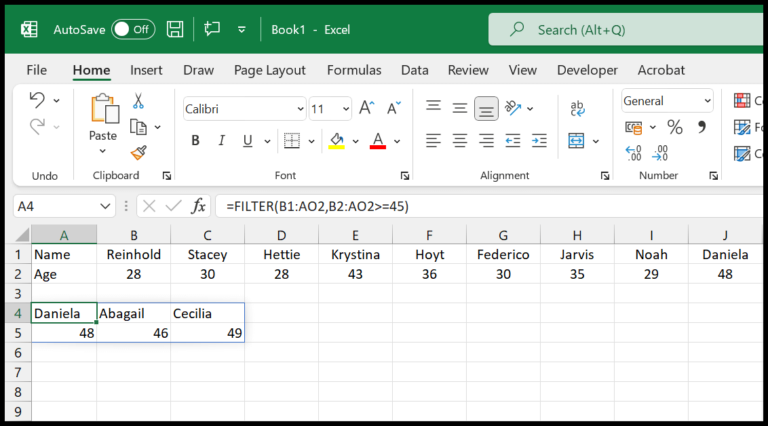In working with Visual Basic for Applications, I often tap into its powerful math functions, and one that’s notably handy is the VBA TAN function. This little function takes an angle I provide and gives me back the tangent, which is a fundamental concept in trigonometry. It’s really as simple as plugging the angle into the function.
Using this function in my VBA code streamlines calculations especially when dealing with trigonometric problems. All I have to do is make sure my angles are in radians, and the TAN function does the rest. Whether I’m plotting graphs, solving for sides of right triangles, or even working on simulations that need angle calculations, having this function up my sleeve is incredibly useful.
Syntax
**Tan(Number)**
Arguments
When I punch in the number for the Tan function, I’m setting the angle. That angle can be in degrees or radians, but remember, radians are the go-to here. If I’ve got degrees, I’ll just multiply by pi/180 to convert.
Here’s a quick rundown:
- Double: I use a double to give the angle’s numeric value precision.
- Radians: Directly input if I already have them; otherwise, degrees × pi/180.
- Number Argument: This is essential; it’s the angle I’m using, represented in radians.
Now, the math behind it gets cool:
- The sin (sine) of my angle is a ratio of the opposite side to the hypotenuse of a right triangle.
- The cos (cosine) is the adjacent side over the hypotenuse.
- And tan (tangent), the one I’m using, is the opposite over the adjacent.
If I need to reverse-engineer the angle from a tangent value, I’d go for the inverse tangent. But that’s a story for another day.
Example
To calculate the tangent of an angle in VBA, I often run a simple routine like this:
Sub example_TAN()
Range("B1").Value = Tan(Range("A1"))
End Sub
If I have the angle in degrees, I’ll convert it to radians first:
Dim myAngle As Double
myAngle = WorksheetFunction.Radians(degrees)
Then, find the tangent using Tan(). For instance, myAngle might be 1.46 radians. To see the result, I’d write:
Debug.Print Tan(myAngle)
This prints 8.726459 in the Immediate Window.
Here’s how I might run through multiple calculations with a loop:
For Each cell In Range("A1:A10")
cell.Offset(0, 1).Value = Tan(cell.Value)
Next cell
I’d use this to copy the tangent results to the adjacent column. To calculate the cotangent (the reciprocal of tangent), I assign MyCotangent:
Dim MyCotangent As Double
MyCotangent = 1 / Tan(myAngle)
Notes
- Return Value: The
TANfunction provides the tangent of a specified angle. - Conversion: To switch between degrees and radians, multiply by pi/180 or 180/pi.
- Errors: Inputting non-numeric values triggers a runtime error 13.
- Compatibility: Functions smoothly in Excel versions, including Excel 2007.
- Feedback: User feedback enhances the documentation and expert knowledge base.



